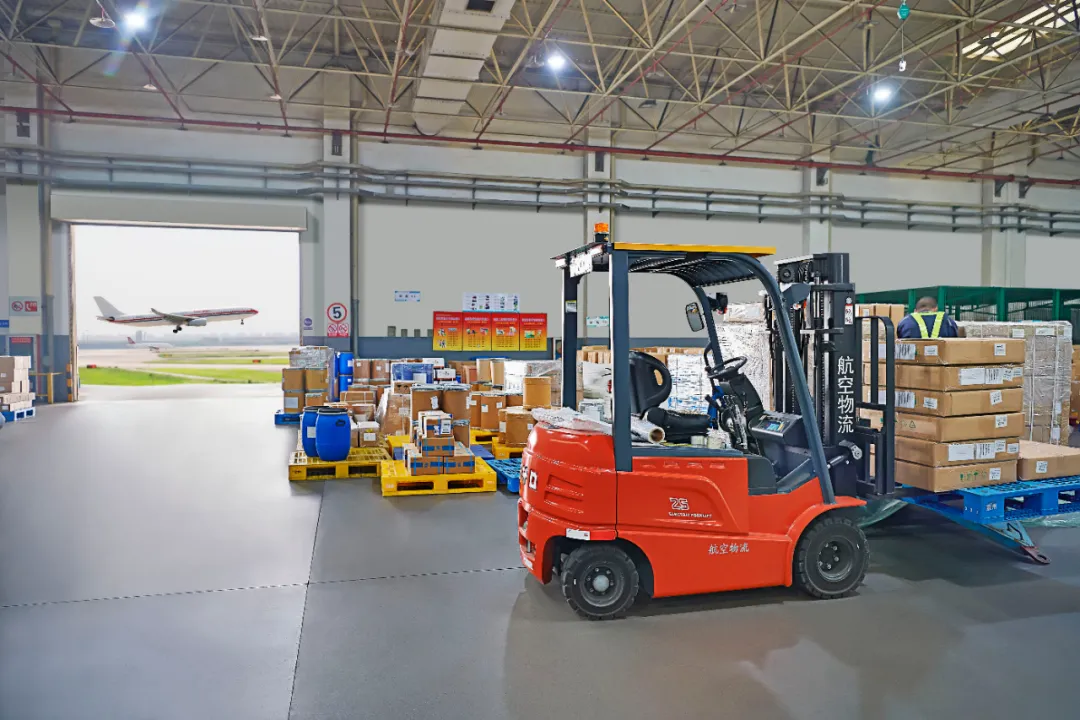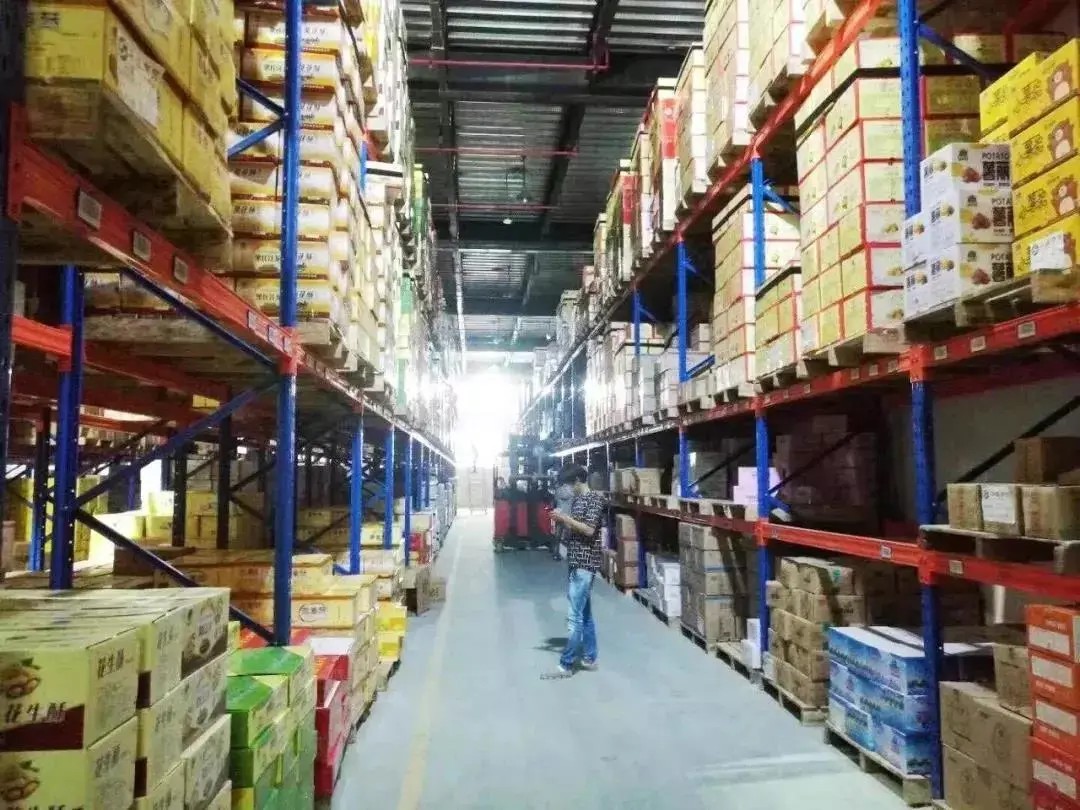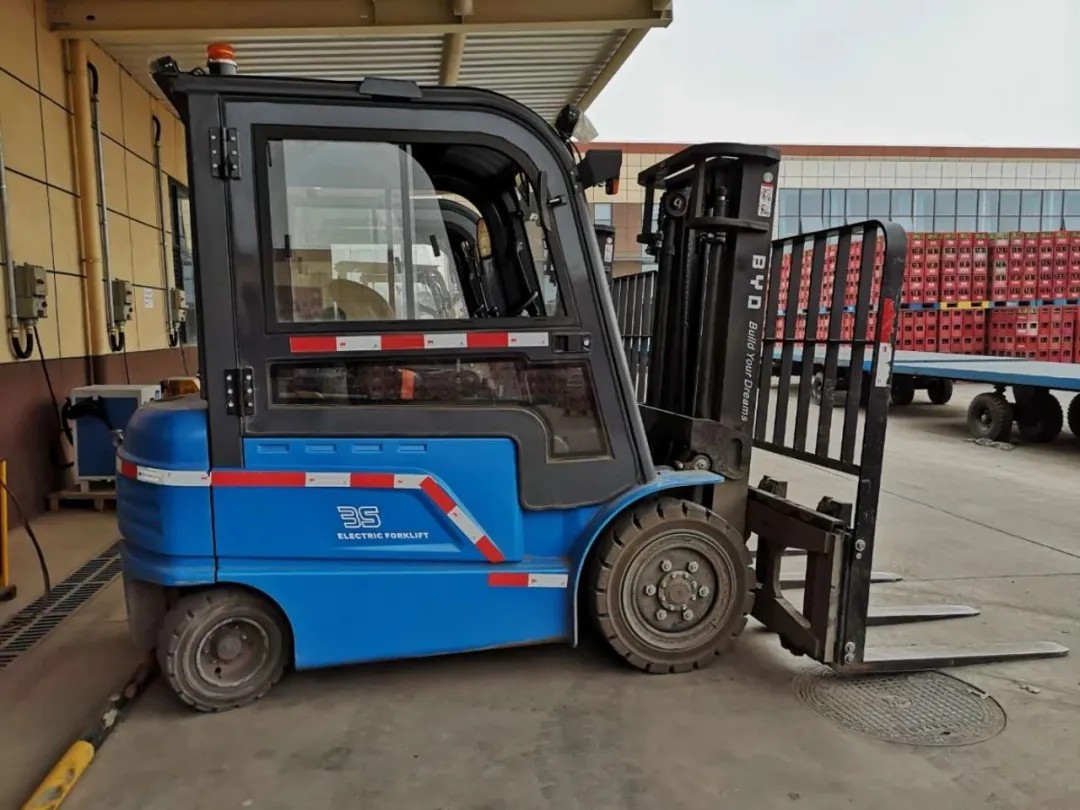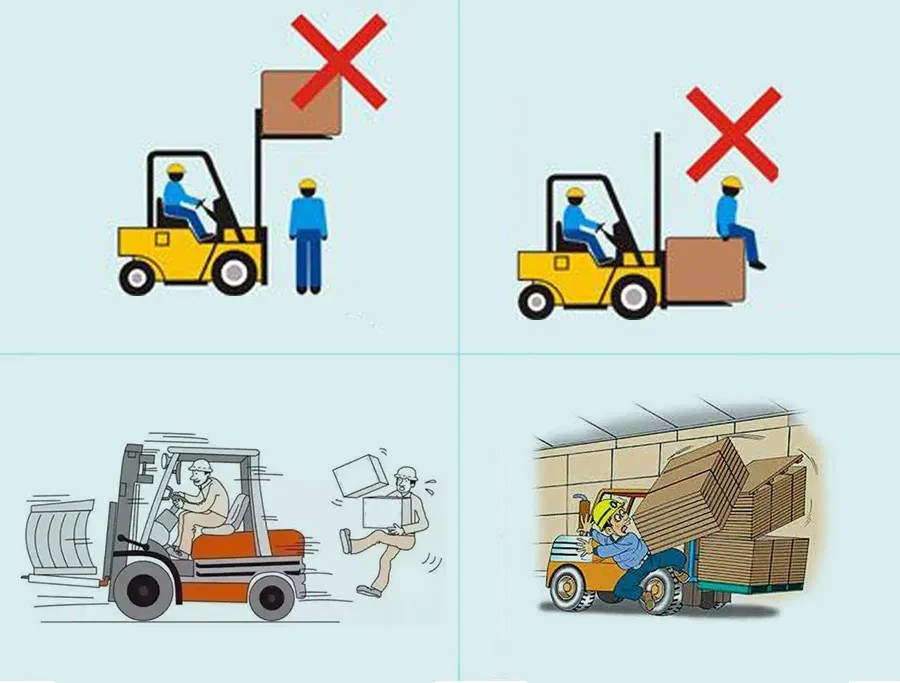With the widespread use of forklifts, forklift impact accidents occur frequently, and forklift safety has received increasing attention from people.
Forklift safety involves multiple factors and requires the joint efforts of all parties to effectively reduce the occurrence of forklift injury accidents.
Drivers should enhance their safety awareness and operational skills. Managers should strengthen the safety management and daily maintenance of forklifts. Supervisory institutions should improve their inspection standards and intensify supervision to continuously enhance the safety technology of forklifts.

The cause of the accident
Forklift collisions, including those with other vehicles, pedestrians, and fixed objects, are the most common type of forklift accidents. The high incidence of forklift collision accidents and the often severe injuries they cause can mainly be attributed to the following reasons:
01.Forklifts are large in size and have significant impact inertia. The weight of a typical 3-ton forklift is usually equivalent to the combined weight of three ordinary cars. When a forklift collides, the impact force is comparable to that of a heavy-duty truck.
02. The probability of forklifts reversing is high. The operation characteristics of forklifts are short-distance transportation and loading/unloading with strong repetitive round trips. The probability of reversing and moving forward is basically the same. When reversing, the field of vision is not wide enough, which is prone to collision accidents.
03. The operating area for forklifts is narrow and the operation is difficult. Counterbalanced forklifts have rear-wheel steering. When turning, the counterweight at the rear of the forklift will swing significantly, and the rear area is a blind spot for the driver. If the driver is not careful, an accident may occur.
04.Most forklifts operate in harsh environments, work for long periods, and start and stop frequently, which can lead to a decline in braking performance. Forklifts that are "sick" and still in operation are prone to collision accidents during driving.
05.The quality of forklift drivers varies greatly (some have weak safety awareness), and the labor intensity is high. Most forklift accidents occur during the usage phase, especially due to drivers' unreasonable operation of forklifts or even driving without a license. At the same time, forklift drivers have a high work intensity and long working hours, often causing forklift accidents due to fatigue driving.

preventive measure
1)Where conditions permit, dedicated passageways for forklifts and pedestrians should be set up to physically separate forklifts from pedestrians. If conditions do not allow, warning signs must be placed in areas where forklifts operate to alert pedestrians to be cautious of safety.

2) Strengthen the daily maintenance and upkeep of forklifts. Before each use, drivers must conduct daily inspections of the forklifts. It is strictly prohibited to use unsafe forklifts.

3) Enhance the technical training and safety awareness of forklift drivers. Forklift drivers must hold valid certificates to work, and are strictly prohibited from speeding, overloading, or driving after drinking. At the same time, a reasonable work schedule should be established. After continuous work, drivers must be given adequate rest, and fatigued driving is strictly forbidden.

4) Install a forklift anti-collision warning system, which adopts UWB wireless positioning technology. Workers wear tags and forklifts are equipped with base stations. When a person approaches a forklift, the forklift detects it and issues an audible and visual alarm to remind the driver to pay attention to the workers.